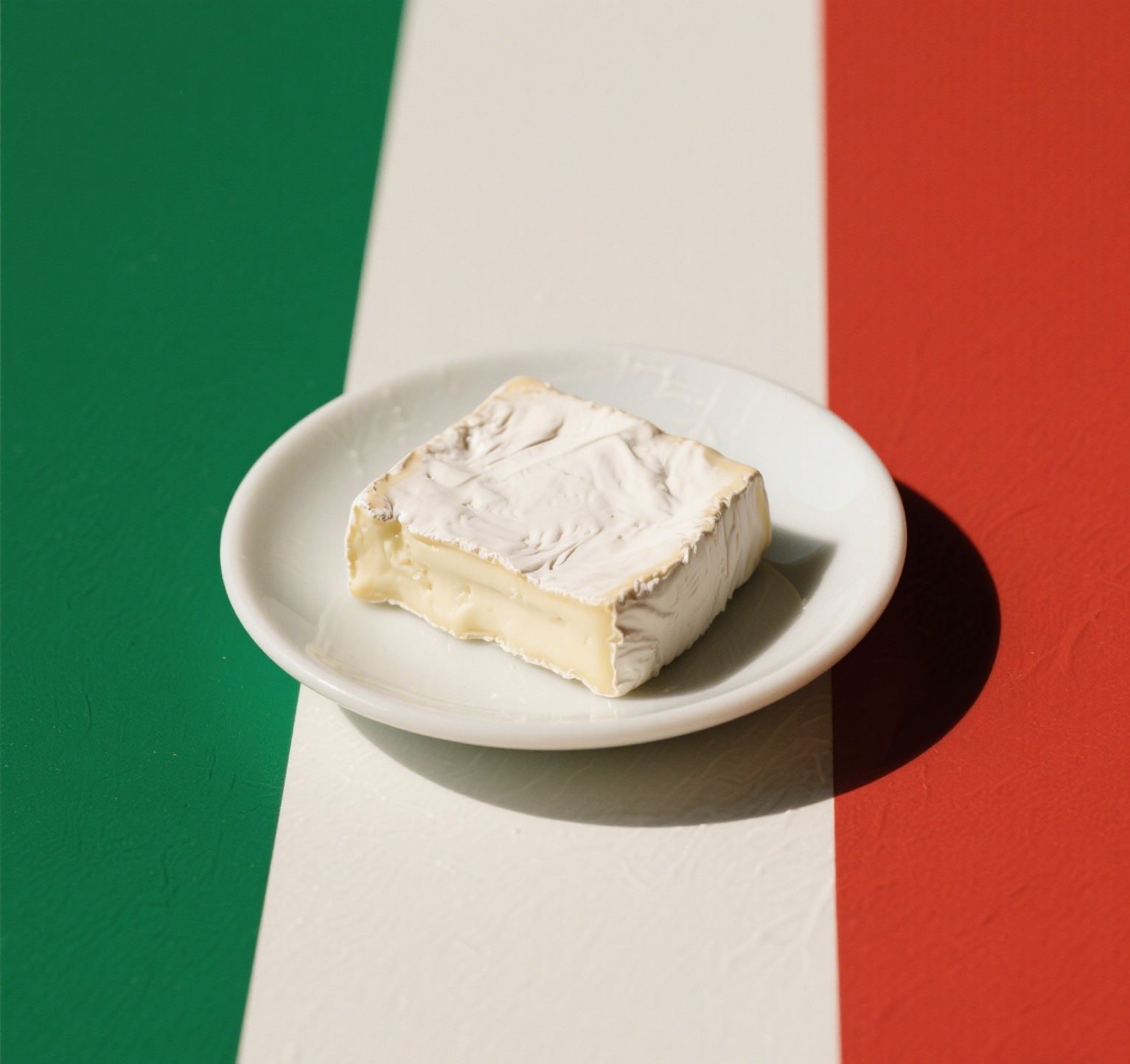Physical Address
304 North Cardinal St.
Dorchester Center, MA 02124
Physical Address
304 North Cardinal St.
Dorchester Center, MA 02124
The Milky Truth Revealed
Picture this: You’re staring at a pizza bubbling with golden, gooey mozzarella, or maybe a vibrant Caprese salad dotted with creamy white pearls. Suddenly, a nagging thought hits: “Is mozzarella actually healthy, or is it just cheese’s version of a wolf in sheep’s clothing?” Fear not, home chefs—we’re diving into the delicious, stretchy world of mozzarella to separate fact from fiction. Spoiler: This cheese might just be the overachiever of the dairy aisle.

Let’s start simple: Mozzarella is a fresh, semi-soft cheese born from cow’s milk (or buffalo milk, if you’re fancy). Unlike aged cheeses that ferment for months, mozzarella is the “quick yoga session” of dairy—stretched, kneaded, and shaped within hours. Its mild flavor and legendary meltability make it a pizza superstar, but its health cred goes deeper than its Instagrammable cheese pulls.
Fun fact: Mozzarella’s name comes from “mozzare,” Italian for “to cut off.” Basically, it’s the cheese equivalent of a mic drop.
Here’s where mozzarella shines. Compared to cheeses like cheddar or gouda, mozzarella is lower in calories, fat, and sodium—but don’t let its mild demeanor fool you. A 1-ounce serving packs:
Mozzarella also contains probiotics from its fermentation process, which support gut health. It’s like yogurt’s cooler, stretchier cousin.
Golden nugget: “Mozzarella doesn’t just melt—it moonwalks into your meals with protein, calcium, and a side of swagger.”
Is mozzarella healthier? Let’s break it down:
That said, healthier doesn’t mean “eat the whole ball.” Portion control still matters. But compared to most cheeses, mozzarella is the nutritionally responsible friend who still knows how to party.
Pro tip: Buy fresh mozzarella packed in water—it’s less processed and tastes like a cloud made of milk.
Mozzarella’s superpower? Its ability to morph from rubbery blob to molten glory. Here’s how to wield it like a pro:
And let’s not forget mozzarella di bufala—the buffalo milk VIP. It’s richer, creamier, and basically the cheese version of a luxury car.
Quote to remember: “Mozzarella doesn’t argue with other ingredients. It hugs them, melts into them, and makes everyone taste better.”
Beware: Not all mozzarella is created equal. Processed shreds often contain anti-caking agents (looking at you, cellulose), and pre-seasoned logs can hide added sugars. For the healthiest pick:
Also, pairing matters. Mozzarella on a greasy pepperoni pizza ≠ mozzarella in a veggie-packed frittata. Context is key.
Mozzarella’s calcium content is no joke—it’s essential for bones, teeth, and muscle function. But here’s the kicker: Your body absorbs calcium better from dairy than supplements. So, eating mozzarella is like sending calcium in a limo straight to your skeleton.
Meanwhile, its protein helps repair muscles post-workout. Think of it as edible recovery gear.
Fun analogy: If cheddar is a weightlifter, mozzarella is the yoga instructor—strong, flexible, and surprisingly powerful.
Is mozzarella a healthier cheese? Yes—with a few caveats. It’s lower in calories and sodium than most cheeses, rich in protein and calcium, and versatile enough to star in both guilt-free and indulgent dishes. Whether you’re topping a Margherita pizza or layering it into a zucchini lasagna, mozzarella brings nutrition without sacrificing flavor.
Just remember: Freshness matters, portion size matters, and pairing it with veggies (not just carbs) matters. Done right, mozzarella isn’t just healthy—it’s a kitchen MVP.
Next time someone scoffs, “Cheese can’t be healthy,” hand them a Caprese skewer and say, “Tell that to the Italians.”
Mic drop: “Life’s too short for bland cheese. Mozzarella’s here to make every bite rebelliously delicious—and a little bit virtuous.”